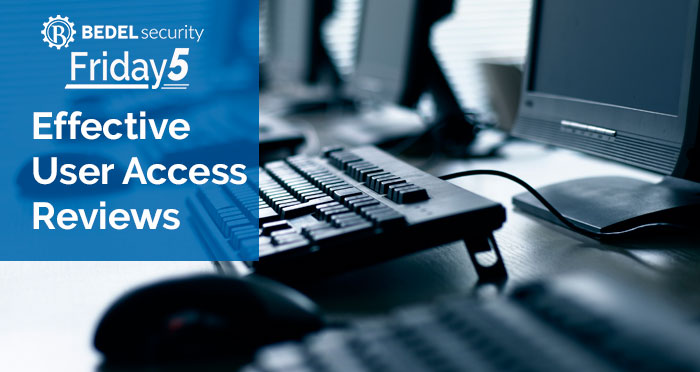Don't Forget the Bank Service Company Act
Let’s discuss an old regulation that seems to be picking up new life in recent regulatory examinations, the Bank Service Company Act (BSCA). This Act...

We have a meeting every Monday morning to do a status update on each of the 40 financial institutions we serve as their virtual Information Security Officers. It’s an opportunity to solve unique problems as a group, identify areas where some additional expertise is needed, and spot trends in our industry.
It’s one of the most important meetings of the week and anytime I hear a recurring theme, my ears perk up as potential blog material.
Lately, I’ve been hearing the need for an evolution of how IT audits are being scoped and performed.
The typical bank network has changed in the past 5-10 years.
The crazy thing is, not all IT audits are keeping up.
It’s time for the entire banking industry to adopt a risk-based approach to IT audits.
Where is your greater risk—a typo in policy or in a BEC attack caused by a misconfiguration?
How do we do this?
Finally, all of this hinges on having a qualified CISO or ISO that knows your environment, understands risk, and can clearly communicate with the auditor. If your bank has found it hard to attract and retain expertise in that role, we have solutions that can help. Just contact us at support@bedelsecurity.com.

Let’s discuss an old regulation that seems to be picking up new life in recent regulatory examinations, the Bank Service Company Act (BSCA). This Act...

Institutions are looking at services using Artificial Intelligence (AI), such as loan decisioning, resume review, and process automation. Using these...

What exactly is a user access review? In its simplest form, this review is a process that certifies that users’ (including vendors’) access within...
